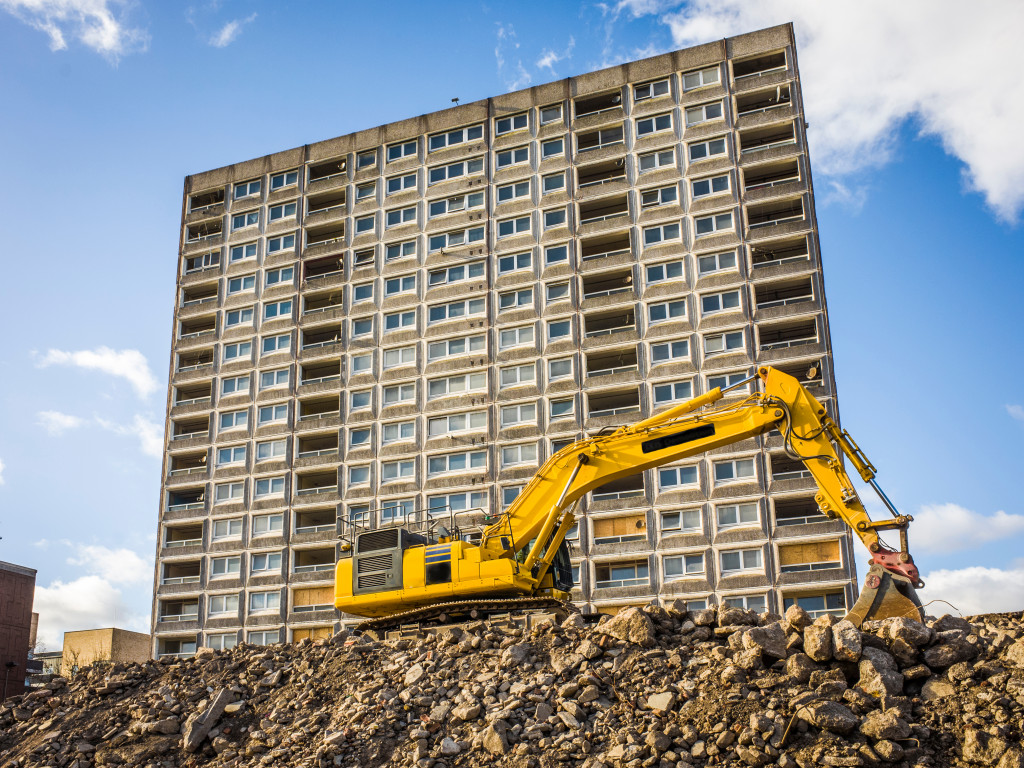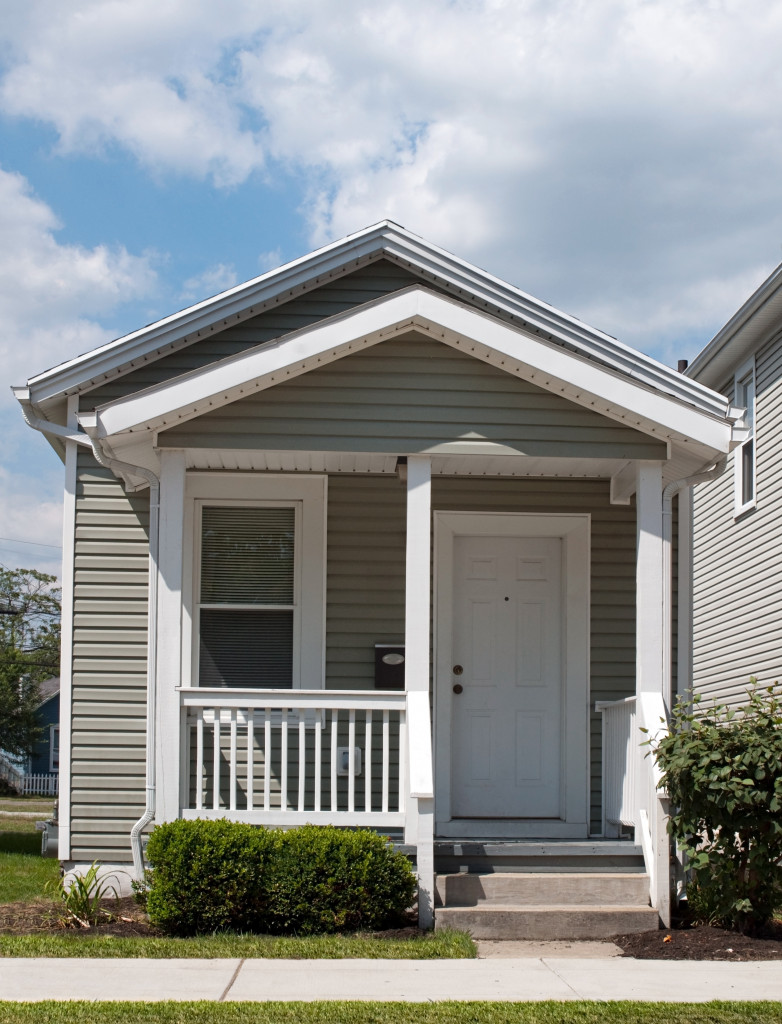- Increase access to affordable housing options through incentives for developers, policies that prioritize affordability, and reduced local zoning restrictions.
- Utilize accessible financing programs, such as down payment assistance, low-interest loans, and mortgage credit certificates.
- Offer tax credits or other subsidies for developers to create more affordable housing options.
- Allow commercial and residential development to interact, creating convenient walking districts and reducing air pollution.
Housing is a major issue for many communities worldwide, and making it more accessible to everyone should be a priority. To make housing more accessible, several strategies can be employed. By implementing these measures, we can ensure all community members can access safe and secure housing options.
Utilize accessible financing programs.

Accessible financing programs can be a great resource for making housing more affordable and accommodating, especially in the current market. Programs such as down payment assistance, low-interest loans, or mortgage credit certificates can make it easier for potential homebuyers to find homes that meet their needs.
This is especially important for people in the community who might not have the financial resources to purchase a home without this type of assistance. When looking into accessible financing programs, it is recommended to consult a reputable mortgage lender for guidance and understanding of all loan types and available options. They can help ensure you find the best program for your specific needs.
Increase access to affordable housing options.
Here are some ways to increase access to affordable housing options in the community:
Create incentives for developers.
Developing in low-income areas brings a variety of benefits to the community. Properly implemented incentives can help encourage developers to build in these areas to make housing more accessible and provide much-needed economic development.
Tax breaks, targeted rebates, cost offsets, and policy reform are just a few ways government entities can incentivize developers looking to invest in properties in low-income communities. Additionally, these programs have the potential to create jobs and generate much-needed revenue that can help fund local services like education, healthcare, and transportation while boosting the quality of life for tenants.
Create policies that prioritize housing affordability.
Creating policies to prioritize housing affordability is important in making housing more accessible to the community. By focusing resources and effort on affordable housing initiatives, many of the challenges families and individuals face when trying to find a place to live can be overcome.
These policies should include improving living conditions for existing residents, investing in more homes for lower-income households, implementing rent control regulations and safeguards against gentrification, and expanding the supply of affordable housing through public-private partnerships.
By taking these measures, economic growth can be balanced with higher levels of societal welfare. Ensuring housing remains within reach for everyone is critical, given its significant impact on quality of life. This can potentially increase educational attainment, mental health outcomes, employment opportunities, and overall social connectedness.
Reduce local zoning restrictions.
Reducing local zoning restrictions is essential to making housing more accessible to communities. This process involves altering ordinances to allow denser development and encouraging multi-family construction. Doing so reduces obstacles like large lot sizes, minimum parking requirements, and single-family home zoning.
Removing these restrictions helps create a housing market not dominated by high-cost homes, thus allowing for more affordable options for most people. From there, individuals and families can have better access to education and job opportunities since they can live closer to them. More accessible housing is also beneficial because it lowers the number of evictions and increases stability in the community.
Offer tax credits or other subsidies for developers.
Offering tax credits or subsidies for affordable housing builders is a cost-effective way to make housing more accessible to a community. By decreasing the cost of construction or renovation, developers can make affordable dwellings a reality. These incentives also stimulate the local economy, encouraging people to buy homes in the area and leading to job creation and new economic opportunities.
Furthermore, it improves the quality of life by providing citizens with safe and comfortable homes that they can afford. By investing in the construction of affordable housing, communities make basic amenities available for everyone and ensure its stability for future generations. This is essential to creating an equitable society that gives all its citizens equal opportunities.
Allow commercial and residential development.

Allowing commercial and residential developments to interact in the same vicinity is a great way to help make housing more accessible for everyone. This allows consumers to find affordable housing near where they work, reducing long commutes and giving them more time to spend on leisure activities or with their families.
People can get whatever they need at short distances by offering a variety of living areas. This creates convenient and vibrant walking districts that people may enjoy, which further encourages community interaction. Moreover, air quality may also improve since people will be using cars less often because of the convenience this allows. Overall, integrating commercial and residential developments is an effective way to make housing more accessible for the community.
These are just a few of the strategies that can be employed to make housing more accessible and affordable for everyone. By implementing these measures, communities can ensure that all members have access to safe and secure housing options.

